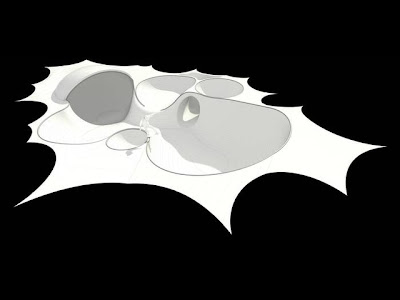Exquisitely beautiful, chic e impacting is the new collection Armani Privé Haute Couture Spring 2013, presented by designer Giorgio Armani in the Paris Fashion week (PFW), where an enormous 'zigzagging' white line, came from the background through over the black catwalk, that glowed in alternating colors, depending of the outfits passing by, illuminating the decadence, the silky looks and the stunning liquidity from the Privé collection.
The 'leitmotiv' of this collection are the oversize cylindrical 'scepter' brooches, to fit the outfits, and the Fez hats, that were used by Andalusian Arabs in the city of Fez in Morocco by the 17th century.
Focal point are the 'zigzagging' line and Asiatic Floral motives presented in the rich brocades and print fabrics, and in the borders of the silhouettes of the jackets as well, giving a Moroccan spirit to this impacting collection.
The color use in this collection is magisterial, beginning with the plum and violets tones, and the 'eternals' Armani gray and silvers. But the colors which stole the show were the intense 'poppy' red and 'blackest of blacks' that created a big visual impact in the catwalk.
The collection that borrows from both, the masculine
tailoring and the exotic fascinations of the 1940s all at the same time was
unusual, hyper-modern, and slick.
'Kicky' silhouettes, composite for trim trousers, and gazar
jackets, with tight cuts and unforgiving tailoring, are magnificent. The
lovely, 'Mikado' silks, are fascinating and appropriate, to create a collection
that was both 'edgy and restrained' with excellent diverse pieces for day and
evening.
I love the spaghetti straps red dress, fastened over the
bust with an oversize cylindrical 'scepter' brooch that been a leitmotive of
the interne run of the show and looked like fitted for a modern royalty. The
overall effect of this collection was one of in strength and I am pretty sure
that many movie stars will be tempted to use some of these designs in the Red
Carpet.
Enjoy the video...















































